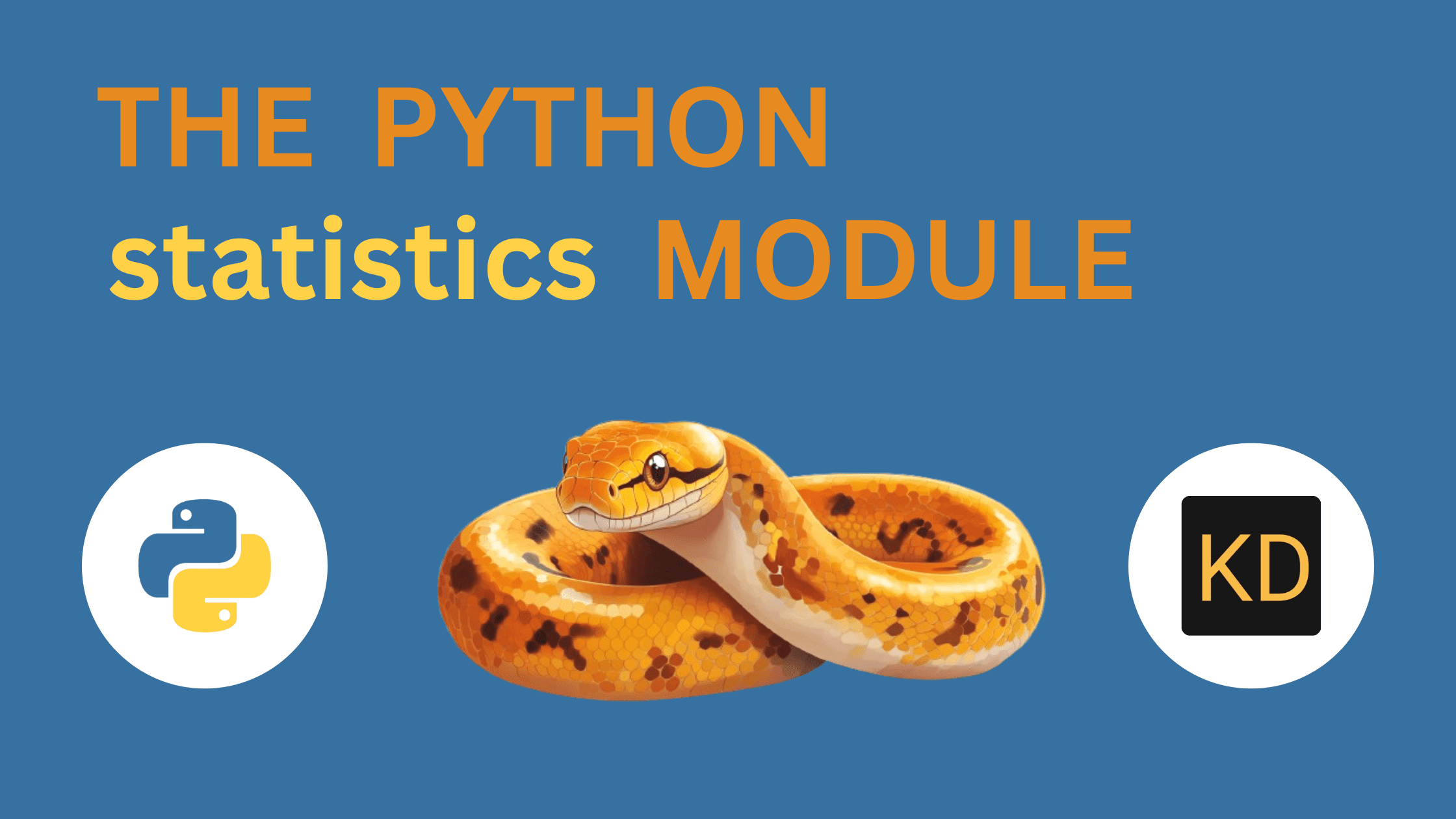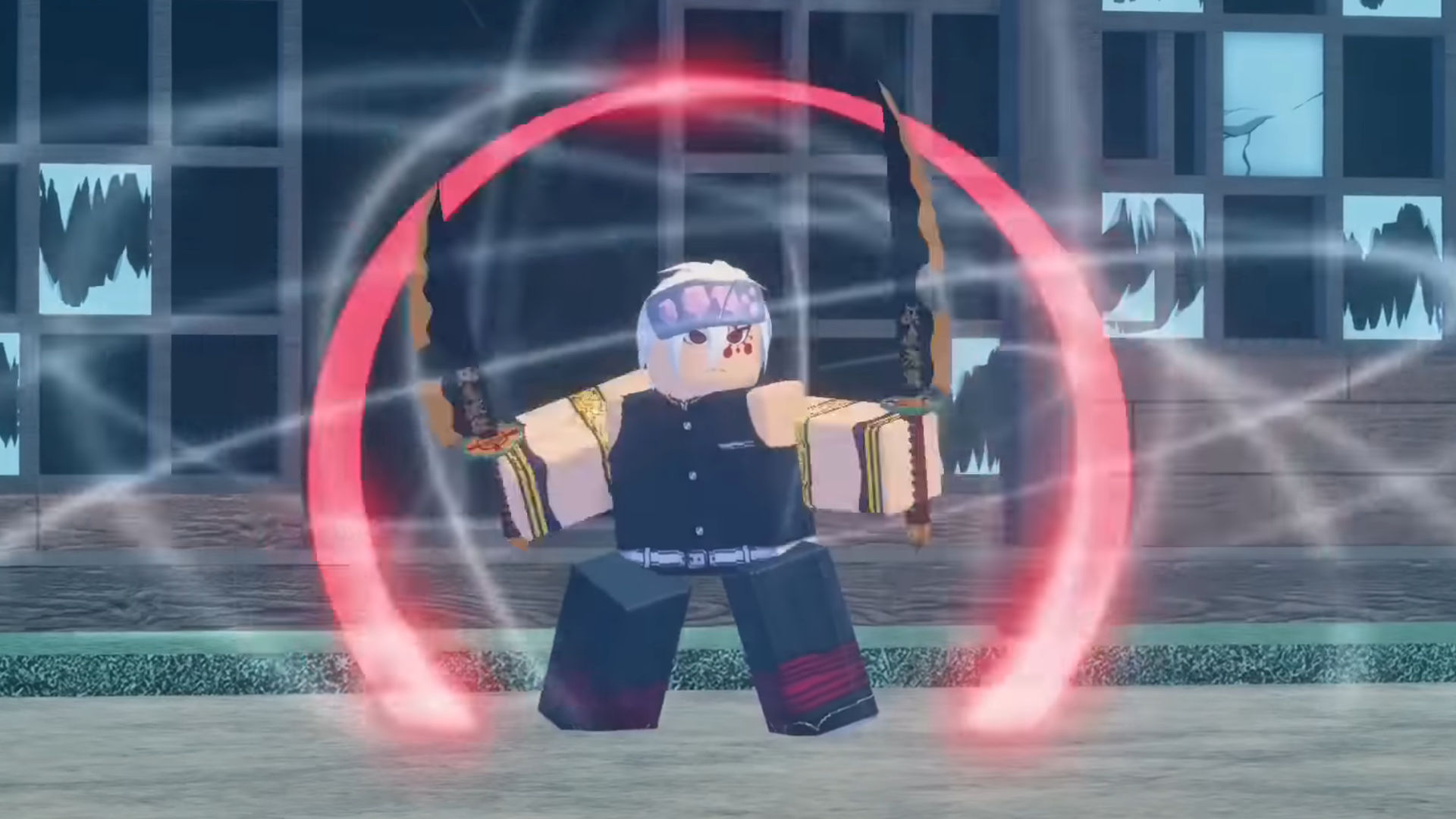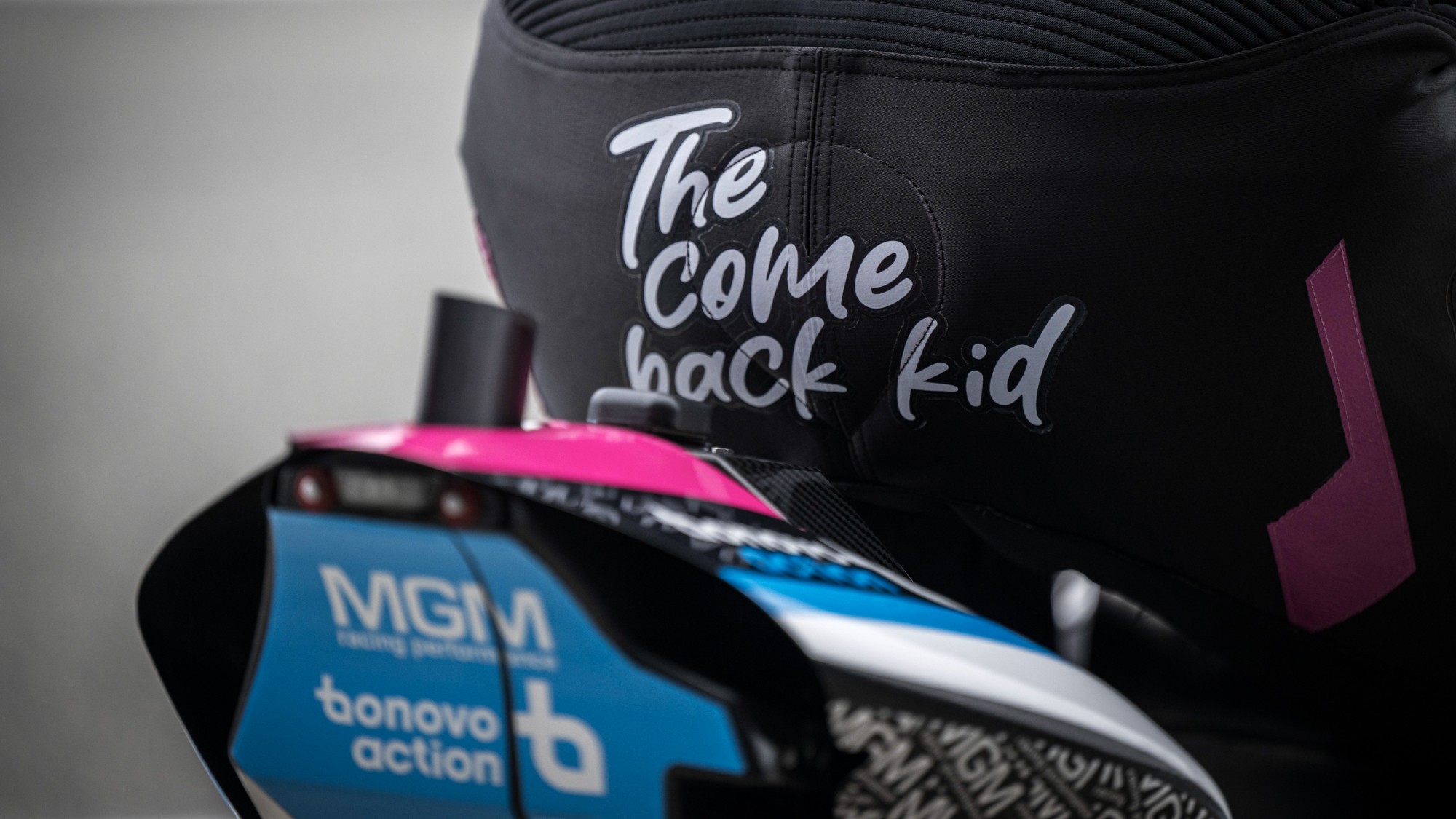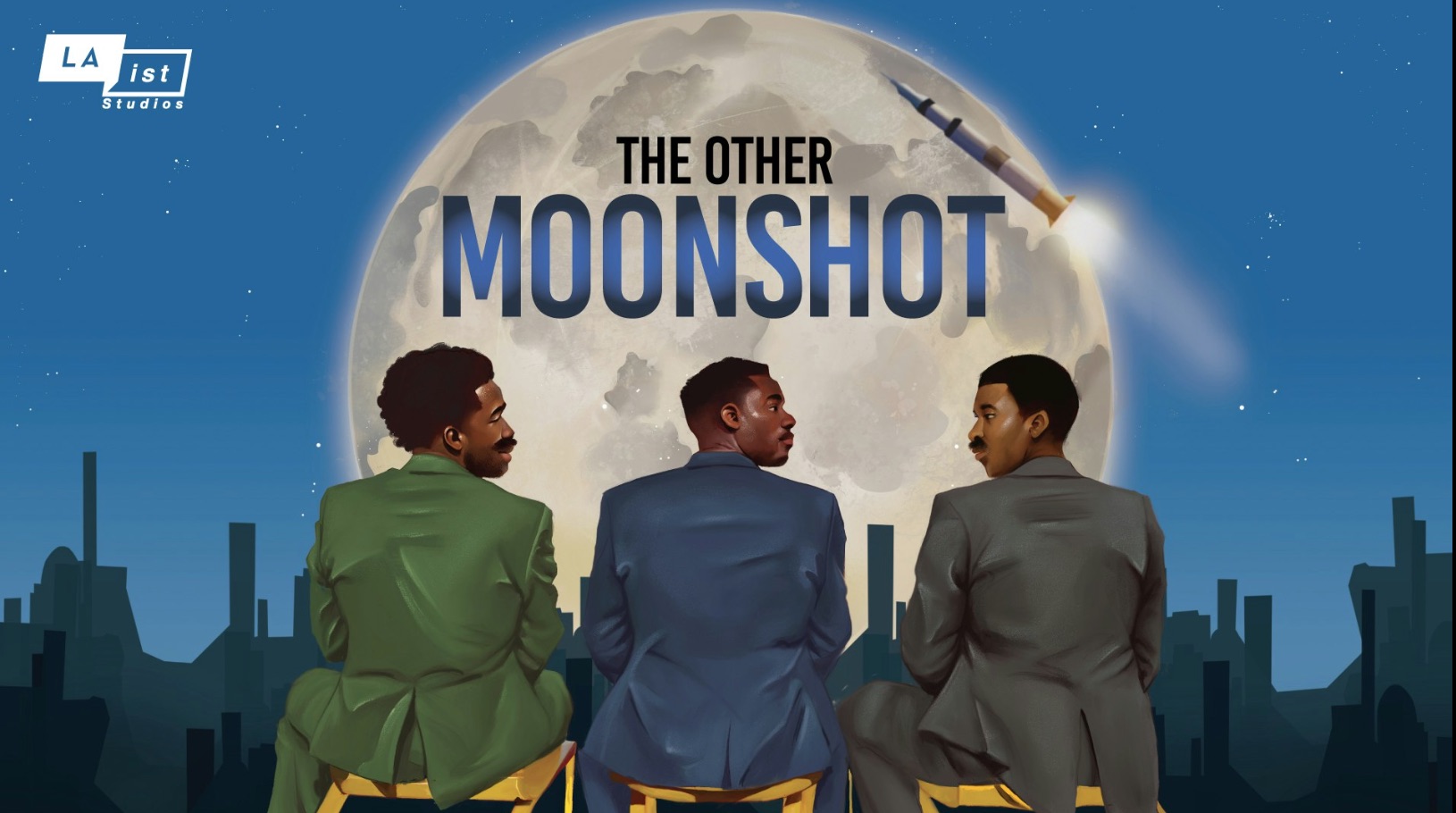Bridging the Divide over Critical Race Theory in America’s Classrooms
New survey data shed light on the debate over “woke” instruction in schools The post Bridging the Divide over Critical Race Theory in America’s Classrooms appeared first on Education Next.


The debate over critical race theory in K–12 schools took center stage in 2021 during the Virginia gubernatorial election. Republican candidate Glenn Youngkin heavily criticized CRT during his campaign, while Democrat Terry McAuliffe insisted Youngkin was employing a “racist dog whistle” and that CRT had “never been taught” in Virginia’s public schools. The New York Times characterized CRT as an “an academic body of thought about the effects of systemic racism that has galvanized conservatives” and reported that “it is generally not introduced until college and is not part of classroom teaching in Virginia,” despite the fact that the phrase “critical race theory” appeared multiple times on Virginia’s Department of Education website. Youngkin narrowly defeated McAuliffe in a state Biden had carried by 10 points two years prior. His first executive order as governor sought to end the use of CRT and other “inherently divisive concepts” in Virginia’s K–12 public schools.
Christopher Rufo, who directs a Manhattan Institute initiative combating CRT, credited Youngkin’s win to his stance against CRT, saying that “Youngkin made critical race theory the closing argument to his campaign and dominated in blue Virginia.” The National Education Association, the nation’s largest teachers union, has called the conservative movement against CRT a “false narrative” generating “manufactured outrage” that’s being pushed by a “vocal minority” of right-wing, “anti-woke” culture warriors. Similarly, commentary from the Brookings Institution describes CRT as a “bogeyman for people unwilling to acknowledge our country’s racist history and how it impacts the present” and asserts that the movement against it is fueled by “gross exaggerations.” Yascha Mounk, however, opined in The Atlantic that “it is impossible to win elections by telling voters that their concerns are imaginary.”
Since that election, this culture war debate has intensified. During the 2024 presidential election, the GOP platform promised that Republicans would “defund schools that engage in inappropriate political indoctrination of our children using Federal Taxpayer Dollars.” It remains to be seen whether—and if so, how—a second Trump administration will follow through on that pledge. But many states have acted on their own. Currently, lawmakers in 44 states have pursued anti-CRT legislation, and 17 states have enacted such laws or policies. According to Brookings, only two of the bills that have passed explicitly mention critical race theory. The term has effectively become shorthand for criticisms that public education has become too “woke” across a range of issues, and serious attempts to adjudicate the culture wars in education will need to acknowledge this nuance.
Proponents of anti-CRT legislation argue that such lessons “guilt,” “shame,” and “blame” students because of their race. For example, Florida’s Stop WOKE Act, enacted in 2022, prohibits school instruction that teaches that an individual “bears personal responsibility for and must feel guilt, anguish, or other forms of psychological distress” for actions committed in the past by people who share their identity. Legislation in Tennessee forbids teaching that “an individual, by virtue of the individual’s race or sex, is inherently privileged, racist, sexist, or oppressive, whether consciously or subconsciously.” A Missouri bill would ban schools from using curriculum that “identifies people or groups of people, entities, or institutions in the United States as inherently, immutably, or systemically sexist, racist, biased, privileged, or oppressed.”
Clearly, tensions run high when it comes to CRT and education. But to what extent are political attitudes about CRT, on both the right and the left, driven by anecdotes and perception, and to what extent are they grounded in fact?
Is CRT-Based Instruction Widespread?
In today’s polarized political environment, conversations about CRT seem mostly driven by reactions to sensationalized incidents. Based on reports of such occurrences, it’s clear that examples of teaching practices with roots in CRT have found their way into some of America’s public schools. For example, a San Francisco school district spent $250,000 in federal funds for an organization called “Woke Kindergarten” to train elementary school teachers in abolitionist education. Some teachers questioned the program’s goals to “disrupt whiteness” and the trainers’ reference to the “so-called United States” and said the program mixed in anti-police, anti-capitalism, and anti-Israel messages. When news about Woke Kindergarten went viral, the program’s founder took to social media and proclaimed, along with other divisive statements, that “the United States has no right to exist.” While such extreme instances are rare, they paint a picture of radical leftist educators indoctrinating students in far-left oppressor-oppressed ideologies.
But outside of far-left enclaves, are public schools systematically indoctrinating students, or are these viral examples mere outliers? Do legislators across dozens of states really have cause to pursue anti-CRT legislation? Unfortunately, despite all the attention and controversy the CRT debates have received, there is little systematic data that can provide a sense of whether CRT-infused messaging is truly a widespread phenomenon in America’s schools.
To help tackle these questions, we conducted a nationally representative survey of 850 U.S. high school students. Our results demonstrate that some of the concepts opposed by anti-CRT activists are being taught in America’s classrooms, but these practices do not appear to be rampant.
For example, more than a third of students report being taught “often” or “almost daily” that “America is a fundamentally racist nation,” and that “white people contribute the most to racism in the United States.” Thirty-four percent of students have heard frequently that “police officers are inherently racist against Black Americans,” and 20 percent report teachers assert that “white people should feel guilty about their privilege.” At the same time, a majority of students report being taught that “the United States has made a lot of progress toward racial equality over the last 50 years,” and 42 percent have frequently heard that “the United States is a global leader when it comes to ensuring equal rights for all citizens” (see Figure 1).

Regarding the phrases and jargon that are considered “woke,” our findings are similarly mixed (see Figure 2). More than 40 percent of students report their teachers have used the phrases “white privilege,” “systemic oppression,” and “decolonization.” Yet, more than half say their teachers have invoked the phrase “All lives matter,” which many advocates view as a critique of the Black Lives Matter movement. Only 13 percent of students report ever hearing about the New York Times’ 1619 Project, despite its status as a lightning rod in popular discourse around CRT.

Indoctrination or Healthy Debate?
It’s also difficult to gauge to what extent the use of certain concepts or phrases constitutes attempts by teachers to indoctrinate students. We would expect, or at least hope, that good-faith conversations in healthy classroom environments would address contemporary debates and present multiple perspectives. And indeed, students report overall that their teachers show an appreciation for viewpoint diversity. Seventy-six percent of students say teachers never or rarely make them feel uncomfortable to share opinions that differ from their teachers’, while 54 percent say their teachers make them feel comfortable to share differing views often or daily. At the same time, 18 percent report their teachers have made disparaging remarks about conservatives or Republicans, and 19 percent say their teachers have made disparaging remarks about liberals or Democrats. While it is concerning that students report having these experiences, it is notable that the disparaging remarks seem to be split equally between parties or ideologies.
We also asked students about their own personal beliefs (see Figure 3). Much like the general population, high school students have diverse beliefs about race in America. Roughly 70 percent strongly or somewhat agree that “the U.S. has a long history of oppression,” while 66 percent acknowledge that the United States “has made a lot of progress toward racial equality over the last 50 years.” About 46 percent believe that “America is a fundamentally racist nation,” but 44 percent believe the United States is a “global leader when it comes to ensuring equal rights for all citizens.” Around one in four students believe “white people should feel guilty about their privileges.”

While students’ beliefs about racism and oppression often appear to line up with what they report hearing from their teachers, this alignment does not in itself prove a causal connection. Anyone who has spent time in a classroom knows that it can be incredibly difficult to motivate students to do anything, much less influence their political leanings. As such, we approached these data with a fair amount of skepticism about teachers’ ability to indoctrinate students even if they wanted to. To test this, we also asked students to rate who most influences their political beliefs (see Figure 4). The top three sources are what most would expect: family, friends, and social media. Only 17 percent report that teachers are very influential, while 23 percent report that teachers are not at all influential.

Finding Common Ground
Overall, one thing that seems clear from our data is that, in the public debate about CRT in education, people on opposing sides are largely talking past each other. Those who think CRT-related instruction is nonexistent should know that it isn’t. Those who think it’s an epidemic should be aware that this isn’t true either. And those who are concerned about indoctrination in education should know that most youth report forming their political beliefs from sources outside of the classroom.
Nevertheless, the roots of this debate underpin an important conversation about the goals of public education, and both sides have legitimate concerns. Exposing students to an objective and critical view of U.S. history is a fundamental step in recognizing the sins of our past and ensuring we don’t repeat them. One hopes that critical views of U.S. history equip students with the knowledge to learn from our failures and continue to build a more perfect union.
On the other side of the spectrum, parents and policymakers have legitimate concerns regarding educators bringing divisive ideology into classrooms. The CRT debate also raises questions about public education’s role in promoting pride in our country, despite the imperfect application of our principles. Polling shows that majorities of both Republican and Democratic parents want schools to instill patriotism in students. A desire to instill a sense of pride about the United States isn’t a frivolous sentiment. On the scale of human history, our democracy is still a fragile adolescent, and we must ever rely on future generations to defend our principles and our country if we are to remain a beacon of freedom for the world.
At present, red states and blue states are engaged in a culture-war arms race that continues to divide us, with no armistice in sight. As a team of heterodox social scientists, we are hopeful that better information and evidence can push the adults driving these conversations to model more informed and civil discussions that address each other’s concerns in good faith, and that we can find common ground that prepares students who can critique, defend, and improve the functioning of our democracy.
Brian Kisida is associate professor at the Truman School of Government and Public Affairs, University of Missouri. Gary Ritter is dean of the Saint Louis University School of Education, where Jennifer Gontram is a graduate assistant. J. Cameron Anglum is assistant professor at the Lehigh University College of Education. Heidi H. Erickson is assistant professor in the McKay School of Education, Brigham Young University. Darnell Leatherwood is a President’s Postdoctoral Fellow in the Marsal Family School of Education at the University of Michigan. Matthew H. Lee is clinical assistant professor of economics at Kennesaw State University.
The post Bridging the Divide over Critical Race Theory in America’s Classrooms appeared first on Education Next.
What's Your Reaction?

















































![Trump’s FAA Shake-Up: DEI Gone, But Safety Questions Remain [Roundup]](https://viewfromthewing.com/wp-content/uploads/2024/01/DALL·E-2024-01-24-12.35.35-A-wider-view-of-an-overworked-air-traffic-controller-in-a-control-tower-captured-from-a-side-angle.-The-controller-is-visibly-stressed-with-sweat-on.png?#)
































